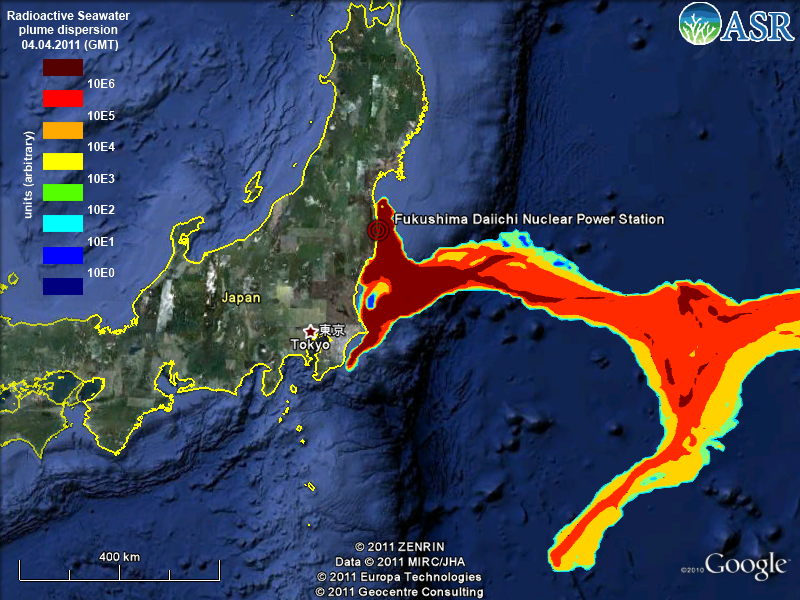
WALL STREET JOURNAL: Futaba, once home to 7,000 residents, is one of eight towns forced to evacuate the day after the March 11 earthquake and tsunami damaged the nuclear plant. In the following days, tens of thousands of residents living within 12 miles of the damaged reactors fled. Last Monday, the Japanese government expanded the mandatory evacuation zone to encompass more towns. Futaba Mayor Katsutaka Idogawa, meanwhile, said it will be “years” before the residents of his town can return. The utility on Friday said it would begin initial compensation payments of up to ¥1 million, or about $12,000, to residents from an 18-mile zone around the plant—an offer some evacuees called an insufficient, short-term sop. Police have established road blocks on Route 6, the main surface road running north and south through the zone. Authorities have declared evacuation mandatory for the area up to 12 miles from the plant and advised people who are six miles beyond that to stay inside. Police cars, ambulances or fire trucks occasionally patrol the towns inside the mandatory zone. While it isn’t illegal to enter the area, it’s strongly discouraged. “What are you doing here?” a fireman asked a reporter walking in the street. From the passenger seat, another firefighter held up a radiation monitor. “You are not supposed to be here. It’s dangerous,” he said. “Please leave soon.” The level and nature of contamination in the zone will remain unclear as long as the battle to cool the reactors continues. Japanese officials have said hundreds of thousands of terabecquerels of radioactive materials have been released so far, about one-tenth of that released in the 1986 Chernobyl accident in Ukraine. A major part of what has been released from the plant is Iodine-131, which has a half-life of eight days, meaning it will decay within months. But the International Atomic Energy Agency has said it found higher-than-permissible levels of cesium-137—with a half-life of 30 years—in the village of Iitate, some 25 miles northwest of the plant. As questions loom over when residents will return—if ever—the status of towns like Futaba, Okuma and others near the plant is becoming a political issue. Last Wednesday, an aide to Prime Minister Naoto Kan quoted the Japanese leader as saying it would take “10 to 20 years” before evacuees could return home. MORE
